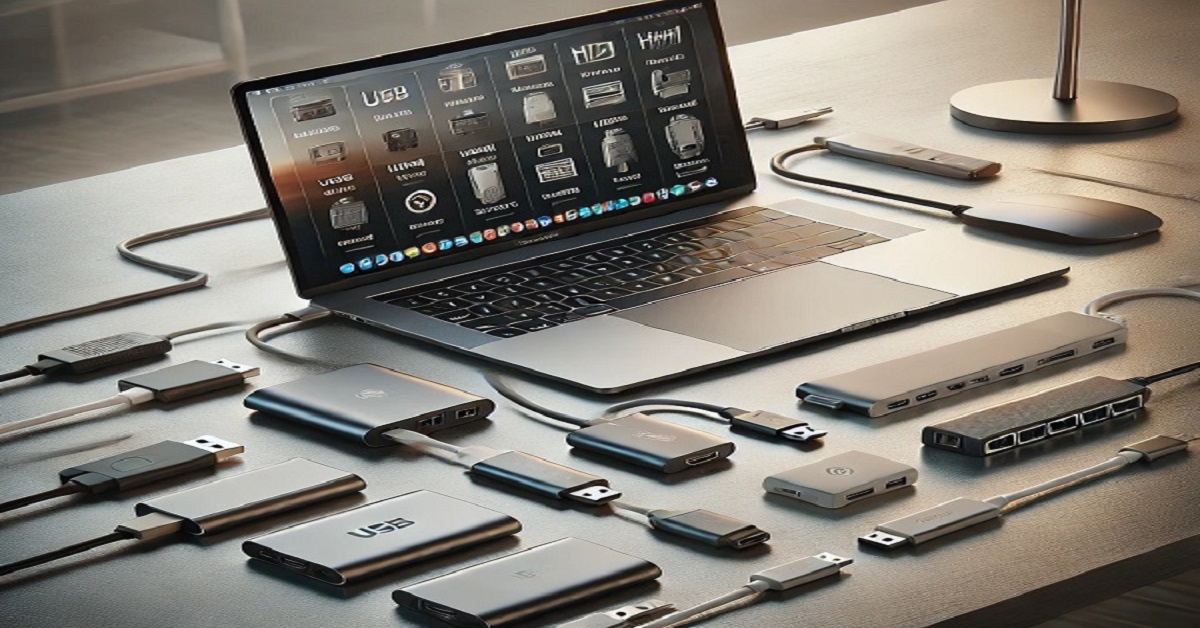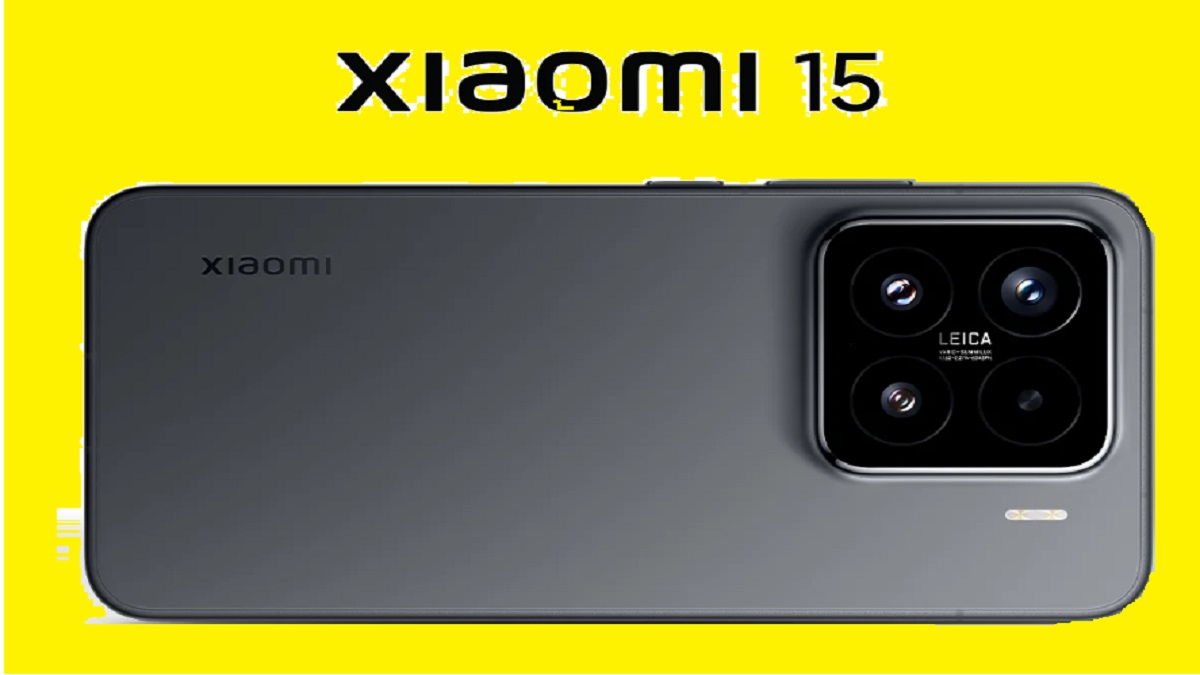In the digital age, users often turn to accessories like dongles to unlock new capabilities on their devices. Dongles, often small and compact, provide expanded functions for computers, tablets, and smartphones. But what makes these tools so popular, and how can they enhance your device?
This article covers the essentials of dongles, from their uses and types to tips on choosing the right one. Understanding these versatile peripherals can help users get the most from their tech setups.
What Is a Dongle?
A dongle is a hardware attachment, typically connecting via USB, that adds functionality to devices. While these compact tools may look simple, they can perform numerous tasks, from boosting connectivity to adding layers of security.
Dongles are generally lightweight and easy to transport, making them ideal for people on the go who need quick, reliable access to enhanced functions. These peripherals come in several varieties, including Wi-Fi adapters, HDMI extenders, security keys, and multi-port hubs.
Why Are Dongles Important?
Dongles have become essential for a few key reasons:
- Increased Connectivity: Some computers lack specific ports, such as Ethernet or HDMI. Dongles make it easy to connect to these, enabling seamless internet access or additional displays.
- Portability: Compact and lightweight, dongles fit into a bag or pocket, offering essential connectivity on the go.
- Enhanced Compatibility: Dongles can bridge the gap between new and older devices, allowing users to connect legacy hardware with current systems.
- Security Features: Many dongles, especially security types, act as a physical key to secure software or sensitive data.
Types of Dongles and Their Functions
1. Wi-Fi Dongles
Wi-Fi dongles enable wireless internet access on devices that may lack built-in Wi-Fi or have older connectivity. Ideal for desktops or laptops without wireless support, these adapters are simple and effective solutions for internet access.
2. USB-to-Ethernet Dongles
USB-to-Ethernet dongles provide wired internet connections for devices lacking Ethernet ports. A stable, wired connection is beneficial for consistent speeds, making this dongle useful for remote work, gaming, or video streaming.
3. Display Dongles (HDMI)
Display dongles, often HDMI or similar, connect computers to external monitors or projectors. Essential for presentations or multitasking, they help users increase screen space, making it easier to work on multiple tasks simultaneously.
4. USB-C Hubs and Multi-Port Dongles
With the popularity of USB-C, many devices lack traditional USB-A ports. USB-C hubs expand connectivity options by including HDMI, Ethernet, USB-A, and SD card readers, offering a one-stop solution for connecting multiple peripherals.
5. Security Dongles
Security dongles, often called hardware keys, provide an extra layer of protection for sensitive software or data. They are commonly used in fields that require data security, such as finance, healthcare, and software development.
6. Bluetooth Dongles
Bluetooth dongles add Bluetooth support to devices lacking built-in Bluetooth. This allows users to wirelessly connect peripherals like keyboards, mice, or speakers, making these dongles useful for older computers.
How to Choose the Best Dongle for Your Needs
To select the ideal dongle, consider these key factors:
- Compatibility: Make sure the dongle is compatible with your operating system and device port type.
- Port Type: Identify whether you need a USB-A, USB-C, or another connection type based on your device’s ports.
- Purpose: Consider your primary need—whether it’s for internet access, additional display options, or security.
- Brand Reliability: Choosing a reputable brand can ensure better durability, support, and warranty.
Benefits of Using Dongles as Peripherals
Dongles provide several advantages:
- Flexibility and Versatility: Dongles let you customize and enhance device functionality without costly upgrades.
- Affordable Solutions: Adding a dongle can be more budget-friendly than upgrading a device for additional capabilities.
- Productivity Boost: With extra ports or internet connectivity, dongles can improve multitasking and efficiency.
Are There Downsides to Using Dongles?
Despite the benefits, there are a few drawbacks:
- Desk Clutter: Multiple dongles can lead to a cluttered workspace, especially if several are used simultaneously.
- Power Drain: Certain dongles, particularly USB-C hubs, may consume power from laptops, which could reduce battery life.
- Potential for Connectivity Issues: Cheaper dongles can sometimes result in unstable connections or poor compatibility.
Final Thoughts
Dongles are invaluable tools that bridge gaps in device compatibility and expand computer functionality. Whether connecting to the internet, securing software access, or adding ports, there is a dongle for nearly every need. By selecting the right type of dongle, you can unlock new functions and enhance your device’s potential.
From Wi-Fi and Ethernet adapters to security keys, dongles offer solutions that make tech devices more versatile and functional. As technology continues to evolve, dongles remain essential in helping users maximize their hardware’s capabilities.







